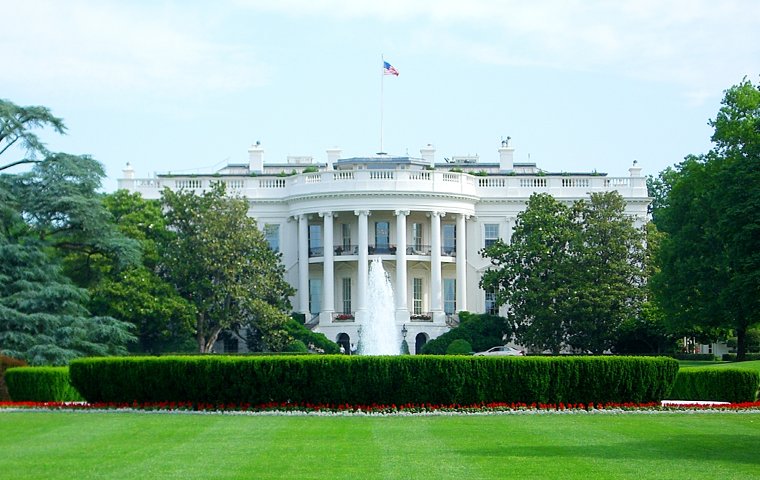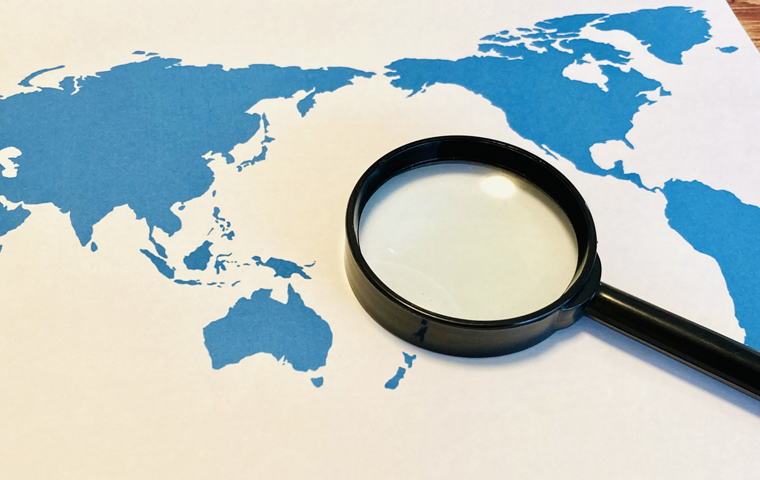Trump–Ishiba Summit: Agreement on Strengthening the Alliance
Related Articles
First Face-to-Face Meeting Covers Wide Range of Issues

On February 7, 2025 (local time), Prime Minister Shigeru Ishiba and U.S. President Donald Trump held their first in-person summit meeting at the White House in Washington, D.C.
President Trump welcomed Prime Minister Ishiba upon his arrival, declaring, “We love Japan,” as the two leaders exchanged a firm handshake, setting a friendly tone for the discussions.
The talks covered a wide array of topics—security, trade, and Japanese corporate investment in the United States—and lasted approximately 1 hour and 50 minutes. Following the meeting, the two leaders issued a joint statement reaffirming their shared commitment to further strengthen the Japan–U.S. alliance.
At the joint press conference afterward, both sides expressed a common understanding regarding Nippon Steel’s planned acquisition of U.S. Steel, emphasizing that it should be viewed “not as an acquisition, but as an investment in America.” They also agreed to expand Japan’s imports of U.S. liquefied natural gas (LNG), pledging to deepen bilateral cooperation in the energy sector.
Security Cooperation and Alliance Reinforcement
The two leaders held detailed discussions on enhancing defense cooperation, agreeing to strengthen the deterrence and response capabilities of the Japan–U.S. alliance amid an increasingly severe regional security environment.
Prime Minister Ishiba reaffirmed Japan’s unwavering commitment to fundamentally reinforce its defense capabilities, while President Trump welcomed Japan’s proactive efforts toward self-defense.
President Trump further underscored America’s commitment to Japan’s defense “using all U.S. capabilities, including nuclear forces,” and reaffirmed that Article 5 of the Japan–U.S. Security Treaty applies to the Senkaku Islands.
Regarding the realignment of U.S. forces in Japan, both leaders confirmed their intention to steadily implement plans including the construction of the Futenma Replacement Facility in Henoko, Nago City, Okinawa, and the eventual return of Futenma Air Station.
They also agreed to continue close coordination and elevate the Japan–U.S. alliance to new heights in promoting a “Free and Open Indo-Pacific” (FOIP). On regional issues, the two leaders voiced strong opposition to China’s unilateral attempts to change the status quo in the East and South China Seas, and stressed the importance of peace and stability in the Taiwan Strait.
Concerning North Korea, they shared deep concern over Pyongyang’s nuclear and missile development, as well as its malicious cyber activities and increasing military cooperation with Russia. The leaders reaffirmed their firm commitment to the complete denuclearization of North Korea.
Prime Minister Ishiba requested cooperation in resolving the abductions of Japanese citizens, to which President Trump expressed full support.
Both leaders agreed to further strengthen coordination among like-minded partners, including the Quad (Japan, the U.S., Australia, and India) and the Japan–U.S.–South Korea trilateral partnership, in pursuit of peace and prosperity across the region and the world.
Economic and Trade Agreements
In the economic and trade realm, the issue of the U.S. trade deficit with Japan—estimated at around $100 billion—was a key topic. President Trump stated at the outset that he aimed to “bring the deficit into balance,” suggesting that increased U.S. oil and gas exports to Japan could alone eliminate the gap.
While he briefly mentioned the possibility of tariff measures, the topic was not a major focus during the talks. Prime Minister Ishiba refrained from engaging on hypotheticals, saying only, “I cannot answer a theoretical question.”
On the other hand, Ishiba expressed Japan’s intention to expand total Japanese direct investment in the U.S. to an unprecedented $1 trillion. Japan has been the largest foreign investor in the U.S. for five consecutive years, and the prime minister highlighted new investment plans by Toyota and Isuzu, while reaffirming Japan’s commitment to increase imports of U.S. LNG.
President Trump welcomed Japanese investment, describing the energy partnership as a “win–win relationship.” The two leaders confirmed that expanding LNG exports from the U.S. to Japan would strengthen Japan’s energy security while also helping to reduce the U.S. trade deficit.
More broadly, both leaders agreed to improve the business environment in both countries to expand investment and employment, strengthen industrial foundations, and lead global innovation in cutting-edge fields such as AI, advanced semiconductors, and quantum computing.
From the perspective of economic security, they also pledged closer collaboration to build resilient supply chains and diversify critical mineral resources, jointly promoting the growth of a free and fair Indo-Pacific economic order.
Regarding the Nippon Steel–U.S. Steel issue, the two leaders reached an agreement after Japan addressed U.S. national security concerns by reframing the deal as an “investment” rather than an acquisition. Both confirmed their intent to resolve the matter in a mutually beneficial way, ensuring that neither side gains at the other’s expense.
Prime Minister Ishiba hailed this as “one of today’s major achievements.”
Outlook: Toward a Stronger Partnership

At the post-meeting press conference, Prime Minister Ishiba described the joint statement as “a kind of compass for future Japan–U.S. cooperation,” expressing his desire to “build a new golden age of Japan–U.S. relations together with President Trump.”
President Trump, for his part, promised to visit Japan officially in the near future, voicing confidence that the vital Japan–U.S. alliance will remain unshakable and prosperous for generations to come.
In Japan, the meeting’s friendly atmosphere and substantive outcomes were greeted with relief and optimism. Observers noted that, unlike former Prime Minister Shinzo Abe—who had a long personal rapport with Trump during his first term—Prime Minister Ishiba had no prior personal ties, making the warm tone and successful early meeting all the more encouraging.
However, some analysts cautioned that economic challenges remain, noting that even if Japan increases imports from the U.S., the vast bilateral trade imbalance cannot be corrected overnight.
Overall, this first summit between the new administrations reaffirmed the Japan–U.S. alliance and marked the starting point for deeper cooperation across security and economic domains. Both nations are expected to continue developing their partnership through close coordination, reinforcing peace, stability, and prosperity in the Indo-Pacific and beyond.



